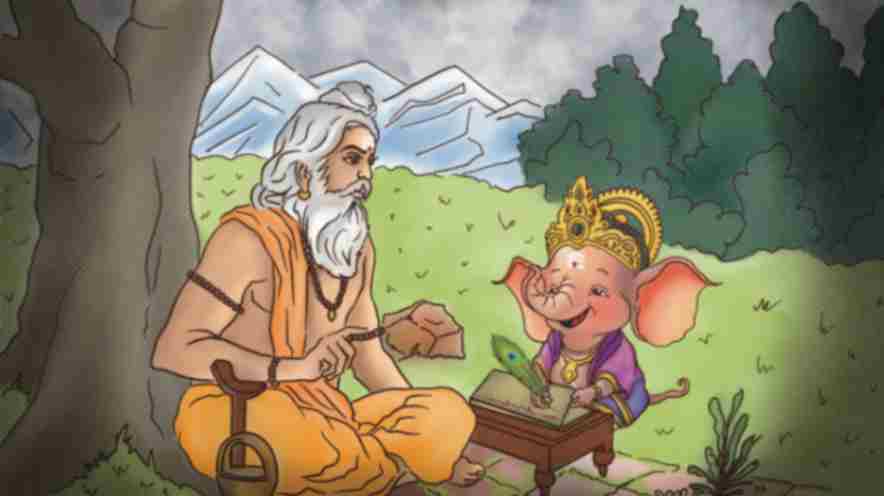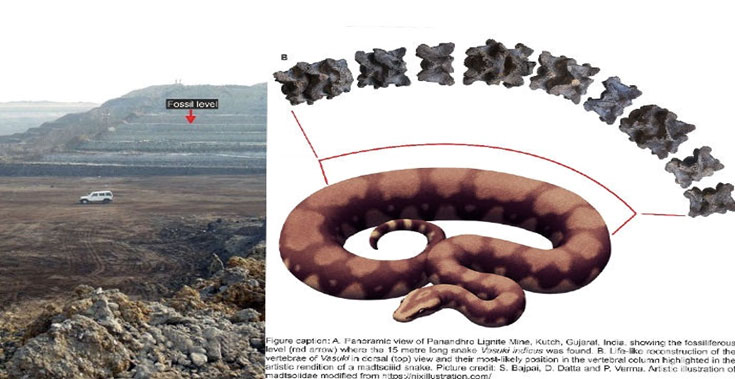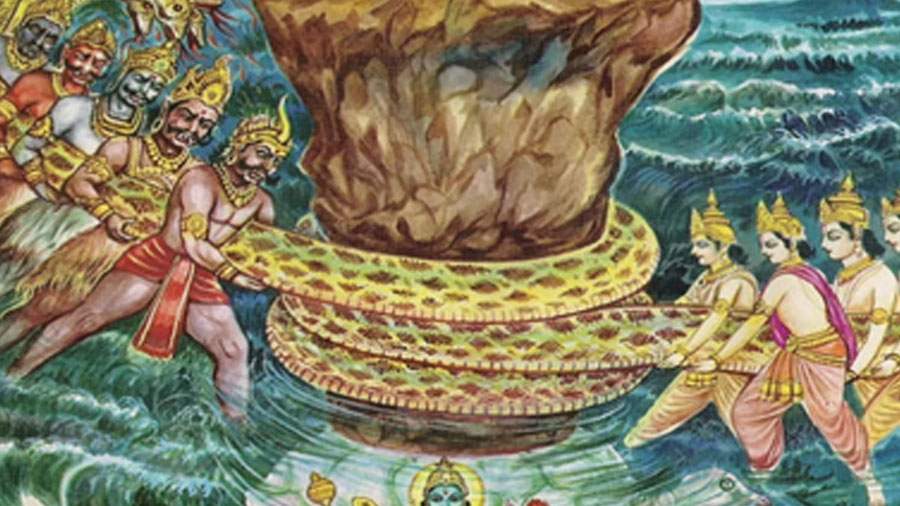Acharya Veda Vyasa
Acharya Veda VyasaBased on various sources Acharya Veda Vyasa’s period could be placed possibly around 3000 BCE – 2800 BCE, though these dates are debated. Acharya Veda Vyasa is the son of sage Parashara and Satyavati. His full name is Krishna Dvaipayana Vyasa, where “Krishna” denotes his dark complexion, and “Dvaipayana” signifies his birth on […]



